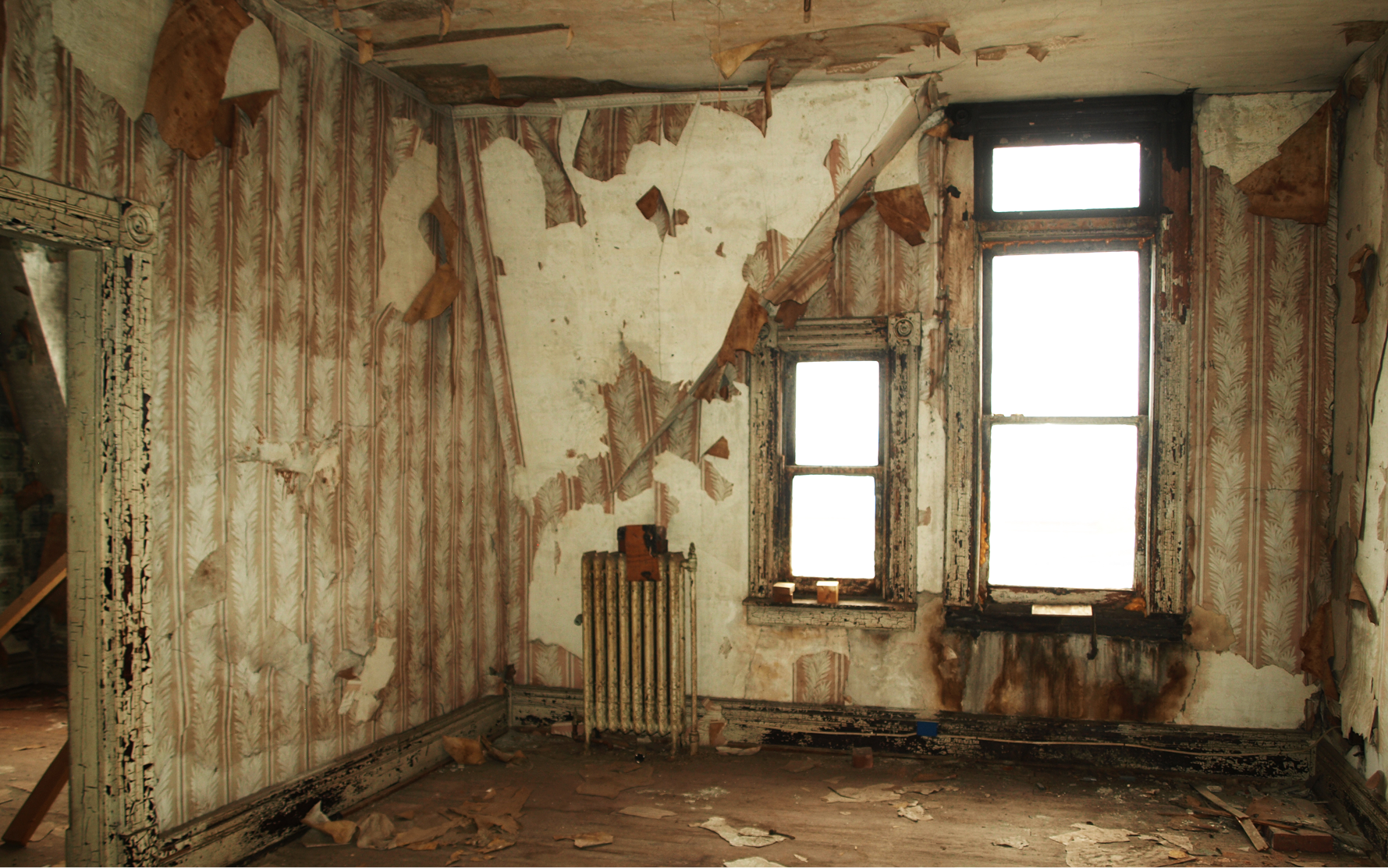Rules of Surviving A Historic Building Project
October 30, 2020 // Insights, Historic

By: Dalton Rininger Kline
As Halloween approaches, it is hard to ignore the connection between the supernatural and the built environment, especially when it comes to historic and old places. Beyond their cultural association with the supernatural, they can also bring to mind the horrors of economic devastation (cue Berlioz – Dream of a Witches’ Sabbath.) Given the choice between facing down a ghost or leveraging a majority of your worth to repair and restore a historic building, you may be tempted to opt for the Ouija board séance in the creepy, dark basement.
But, don’t despair! Want to know a secret? Working on historic buildings is not something to be scared of. Historic buildings can be repaired (most of the time). Some brave souls might even say they can be repaired both physically and spiritually (most of the time). There is no doubt that greater understanding of historic buildings is endangered, and therefore unfamiliar to most. But working on historic buildings can be survived, and even thrilling if done right. Whether it is finding the right architect who knows Historic Architecture, or a clergy member (maybe an architect too) who can perform an exorcism, the right people are out there.

Good things come to those who endure, but alas, not all stories get to the happy ending so easily. Just like there are rules for surviving a horror movie, there are similar rules for surviving work on abandoned historic buildings:
#1 – Don’t Ever Investigate Alone or Say “I’ll Be Right Back”
It’s true, don’t do it. It is always better to hire someone experienced who knows what they are doing. Unlike you, they know exactly where the axe murderers and asbestos hide
#2 – Turn Around, Because It is Always Behind You
When restoring a historic structure, things will always sneak up on you. Especially things that cost money. It’s best to prepare for the unexpected before actually facing it.
#3 – Never Watch A Horror Movie While You’re In One
No two historic buildings are alike, so, do not taunt fate by mis-contextualizing your situation. Owning and repairing historic buildings means bearing the weight of emotional investment, and fully committing to your cause. You will need to keep that cause at the front of your mind and revisit it often throughout the project.
#4 – Make Sure Your Car Elevator is Always in Perfect Working Order
If I had a nickel for every time I silently prayed for an old elevator to start…well, you know. Anything to avoid climbing seemingly endless flights of stairs… But you’ve got to face the facts: when working on a historic building that has more than 3 stories, you will spend your nights soaking your feet in hot water and Epsom salts, wishing you made better choices. Escape by foot is never ideal and can sometimes result in tripping at the least desirable moment.
#5 – Don’t Ever Split Up
Never go exploring old buildings by yourself. Always have a partner. You never know the dangers that lie ahead.
#6 – When Haunted, Just Move Out of the House
We’re just going to skip this one because it doesn’t fit my narrative. But I will say, if your building is truly haunted and all spirit-removal efforts fail. Maybe try turning the building into a brewery. I hear that older spirits find millennials intolerable.
#7 – Wear Comfortable Shoes
No matter your level of involvement, if you are going to an older or abandoned building, you will always be getting down and dirty. Safe and comfortable footwear is a necessity.
#8 – Avoid Proms and All Other High School Parties
Never. Never. Never party before the end. Small victories are good, therefor small celebrations are warranted. But under no circumstances should you claim victory before the final word. Perspective is key, especially when among the unfamiliar. Plus, it makes the ending that much more satisfying!
#9 – Always Assume Your Attacker Is Still Alive
Preventative maintenance on historic buildings is crucial in their long-term success. Always assume some of the issues you encountered along the way could return if you are not proactive.
#10 – Keep Your Pants Hardhat On
Always protect yourself when in a historic building. Unnecessary exposure to danger can be avoided by wearing a hardhat (and pants).